
Pauline Mary de Peauly Gower Fahie was a British pilot and writer who established the women's branch of the Air Transport Auxiliary during the Second World War.

Verena Winifred Holmes was an English mechanical engineer and multi-field inventor, the first woman member elected to the Institution of Mechanical Engineers (1924) and the Institution of Locomotive Engineers (1931), and was a strong supporter of women in engineering. She was one of the early members of the Women's Engineering Society, and its president in 1931. She was the first practising engineer to serve as president of the society.

Peggy Lilian Hodges was a British engineer who worked on guided missile technology at GEC Marconi.

Sicele O'Brien was one of Ireland's pioneering pilots. She was one of three women who raced and set records in Europe and Africa in the 1920s. She was the second woman in Britain or Ireland to get a commercial pilots licence. She was the first woman in Britain or Ireland to run an air taxi service.

Annie "Anne" Gillespie Shaw CBE was a Scottish engineer and businesswoman. Shaw specialised in time and motion studies. In 1945, she founded the Anne Shaw Organisation Ltd, a consulting company.
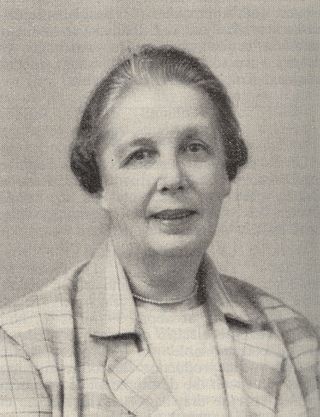
Margaret Mary Partridge was an electrical engineer, contractor and founder member of the Women's Engineering Society (WES) and the Electrical Association for Women (EAW). Her business worked with WES to identify and employ female apprentices, including Beatrice Shilling. Partridge also helped campaign to change the International Labour Organisation convention on night work for women in 1934, after Shilling was found working on her own in a power station at night, thus contravening the existing regulations.
Ethel H. Bailey was an American mechanical engineer who began her working life in aviation and went on to develop radar and spectroscopic equipment. She was called a 'trailblazer' by fellow engineer Margaret Ingels in a 1952 speech. Bailey was a member of the American Automotive Society, the American Society of Mechanical Engineers, the Society of American Military Engineers, and the National Society of Professional Engineers. She was also a member of the British Women's Engineering Society and contributed to their journal, The Woman Engineer.

Karen Ann Hilsum Burt CPhys MInstP was a British engineer and campaigner for the recruitment and retention of women in engineering.
Evelyn May Cridlan was a British nurse and ambulance driver in the First World War. She was awarded the Military Medal in 1918 while serving in France as a driver in the First Aid Nursing Yeomanry (FANY.). Her commendation noted the award was for "performing most efficient service in conveying the wounded to hospital during a bombing raid." She was also one of the earliest members of the Women's Engineering Society and the first woman to be elected a member of the Military Medalist's League, serving as a committee member until she became ill. On her death she left a legacy bequest of £100 to the Women's Transport Service.
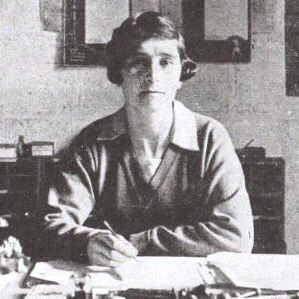
Annette Ashberry, also known as Anne Ashberry, was a British engineer, gardener and author, and the first woman elected to the Society of Engineers.
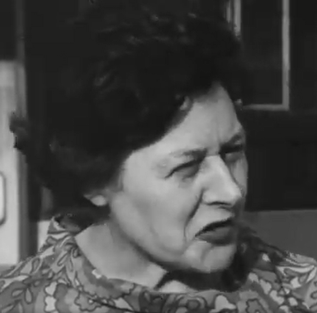
Rosina Winslade was a British engineering manager who became President of the Women's Engineering Society and a governor of University College, Nairobi.

Florence Margaret Charlotte Blenkiron was the first woman to win a gold medal for reaching over 100 mph on a motorcycle at Brooklands race track. With Theresa Wallach, she crossed the Sahara by 600cc Panther motorcycle, sidecar and trailer from London to Cape Town in 1934–35, making the return journey on her own in 1935–36.
The Electrical Association for Women (EAW) was a feminist and educational organisation founded in Great Britain in 1924 to promote the benefits of electricity in the home.
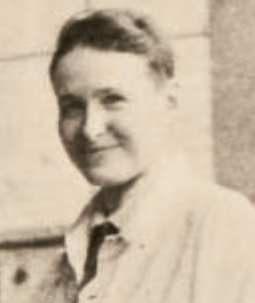
Ira (Irene) Rischowski was one of Germany's first female engineers and active in the German anti-Nazi resistance group Neu Beginnen before fleeing to Britain. In the UK she became a member of the Women's Engineering Society, serving on the Council and supporting efforts to encourage British women to become engineers.
Women have played a role in engineering in the United Kingdom for hundreds of years, despite the various societal barriers facing them. In the 18th and 19th century, there were few formal training opportunities for women to train as engineers and frequently women were introduced to engineering through family companies or their spouses. Some women did have more formal educations in the late 19th century and early 20th century, normally in mathematics or science subjects. There are several examples of women filing patents in the 19th century, including Sarah Guppy, Henrietta Vansittart and Hertha Ayrton.
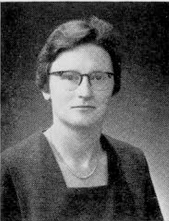
Anne Rosemary Chamney CEng MIMechE was a British mechanical engineer specialising in medical equipment. She is best known for her invention of a novel oxygen tent which was much cheaper than existing tents, much lighter and therefore easier to transport.

Cicely Thompson M.B.E. was a nuclear engineer.
Sheila Leather was an engineer, business owner and president of the Women's Engineering Society in 1950–51.
Mary Evelyn Roxburgh is believed to have been the first woman electrical engineer in Scotland and government factory inspector in England.
Lesley Scott Souter was the first female electrical engineering student at the University of Glasgow, graduating in 1940.













